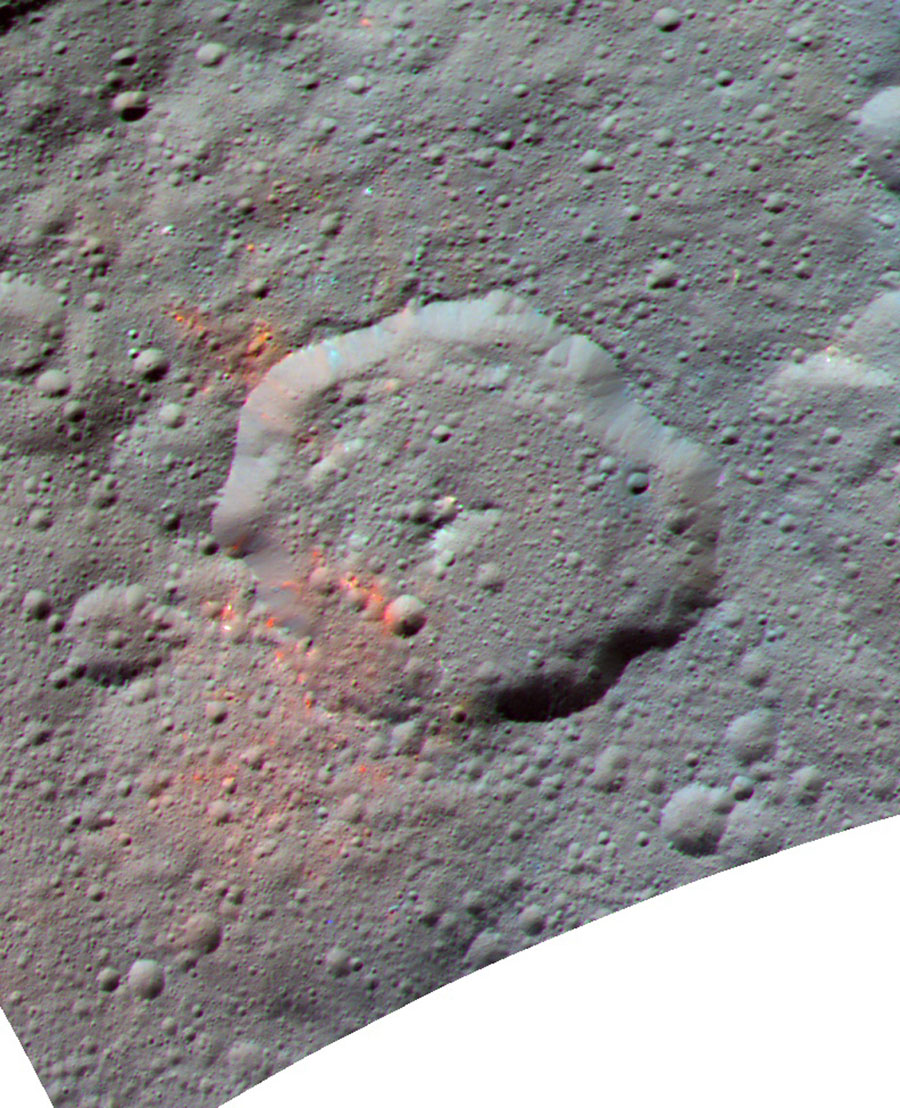
| It is currently 01 Nov 2024, 01:55 |
WELCOME TO SIMUSCAPE!
Please Sign in or Register to enable all features, remove restrictions and gain additional access!
For information on how to bypass the CAPTCHA or to contact Team Simuscape, Continue Here!
| Post a new topic | Page 2 of 2 [ 36 posts ] |
Go to page Previous 1, 2 |
|
| Author | Message | ||||
|---|---|---|---|---|---|
| athanasios |
|
||||
Joined: 29 Feb 2012, 00:55 Posts: 1770 Location: Hellas |
|
||||
| Top | |
||||
| athanasios |
|
||||
Joined: 29 Feb 2012, 00:55 Posts: 1770 Location: Hellas |
|
||||
| Top | |
||||
| athanasios |
|
||||
Joined: 29 Feb 2012, 00:55 Posts: 1770 Location: Hellas |
|
||||
| Top | |
||||
| athanasios |
|
||||
Joined: 29 Feb 2012, 00:55 Posts: 1770 Location: Hellas |
|
||||
| Top | |
||||
| athanasios |
|
||||
Joined: 29 Feb 2012, 00:55 Posts: 1770 Location: Hellas |
|
||||
| Top | |
||||
| athanasios |
|
||||
Joined: 29 Feb 2012, 00:55 Posts: 1770 Location: Hellas |
|
||||
| Top | |
||||
| wallyweb |
|
||||
Joined: 27 Feb 2012, 22:45 Posts: 1880 Location: Canada |
|
||||
| Top | |
||||
| athanasios |
|
||||
Joined: 29 Feb 2012, 00:55 Posts: 1770 Location: Hellas |
|
||||
| Top | |
||||
| athanasios |
|
||||
Joined: 29 Feb 2012, 00:55 Posts: 1770 Location: Hellas |
|
||||
| Top | |
||||
| athanasios |
|
||||
Joined: 29 Feb 2012, 00:55 Posts: 1770 Location: Hellas |
|
||||
| Top | |
||||
| athanasios |
|
||||
Joined: 29 Feb 2012, 00:55 Posts: 1770 Location: Hellas |
|
||||
| Top | |
||||
| athanasios |
|
||||
Joined: 29 Feb 2012, 00:55 Posts: 1770 Location: Hellas |
|
||||
| Top | |
||||
| athanasios |
|
||||
Joined: 29 Feb 2012, 00:55 Posts: 1770 Location: Hellas |
|
||||
| Top | |
||||
| wallyweb |
|
||||
Joined: 27 Feb 2012, 22:45 Posts: 1880 Location: Canada |
|
||||
| Top | |
||||
| athanasios |
|
||||
Joined: 29 Feb 2012, 00:55 Posts: 1770 Location: Hellas |
|
||||
| Top | |
||||
| athanasios |
|
||||
Joined: 29 Feb 2012, 00:55 Posts: 1770 Location: Hellas |
|
||||
| Top | |
||||
| Post a new topic | Page 2 of 2 [ 36 posts ] |
Go to page Previous 1, 2 |
Who is online |
Users browsing this forum: No registered users and 3 guests |
| You cannot post new topics in this forum You cannot reply to topics in this forum You cannot edit your posts in this forum You cannot delete your posts in this forum You cannot post attachments in this forum |














